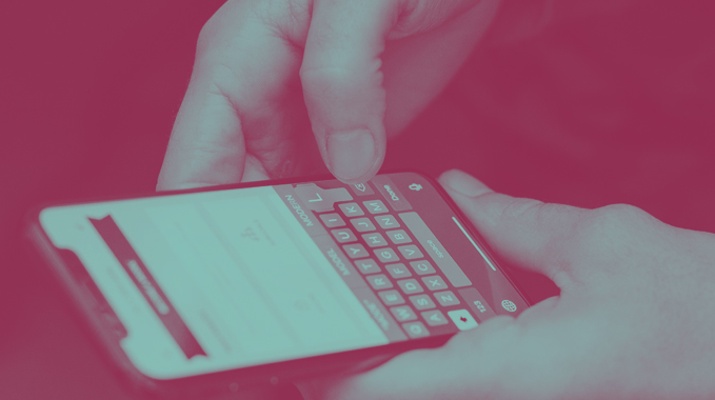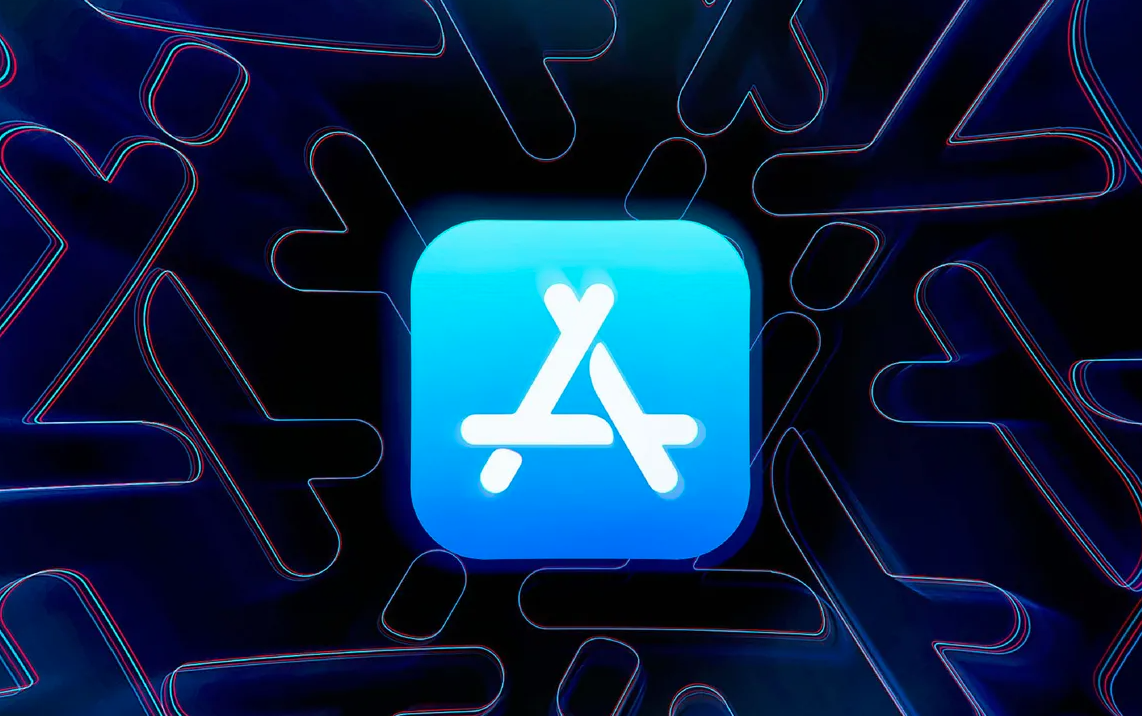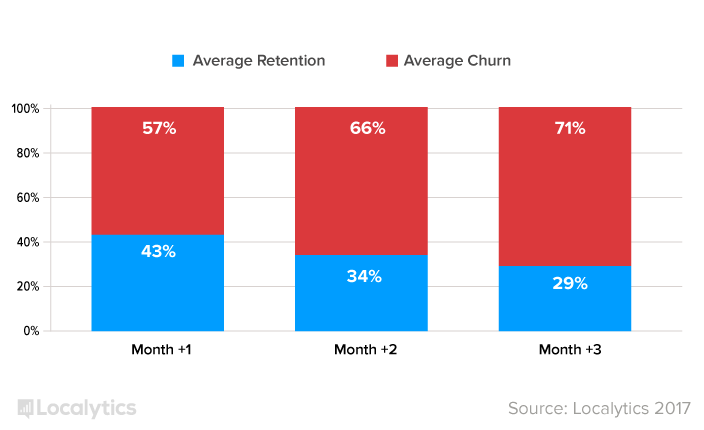What You Should Know About Long-Term App Maintenance

What You Should Know About Long-Term App Maintenance
Building and launching your app doesn’t mean your work is over. You should be constantly updating it. Here is all you need to know about maintaining your app in the long-term.
Updated May 31, 2023
When you buy a new house, you don’t spend hundreds of thousands of dollars and then forget about it. You also invest in cleaning it, upgrading it, and making sure it lasts a long time.
Your app needs are the same. As soon as your mobile application goes live, your responsibility shifts from developing your app to maintaining it.
In 2022, Apple announced that they would remove apps from the App Store that haven’t been updated or refreshed within a certain amount of time and would reach out to developers to provide app maintenance services within 30 days.

Investing in long-term maintenance saves your app from becoming obsolete. Just like with any other technology, all the external and internal factors tied to your app change over time. And if your app doesn’t keep up, sooner or later it will crash and burn, and eventually get kicked out of the scene.
This article will tell you the benefits of mobile app maintenance, along with tips on how to maximize the success of your app by taking care of it over a long period of time with corrective maintenance.
We will also break down the costs that come with maintaining your app, so you know exactly what you’re signing up for.
We will cover:
- The Benefits of App Maintenance
- Best Practices for Long-Term App Maintenance
- How Much Does App Maintenance Cost?
Hire a mobile app development company to assist with all of your app upgrades.
The Benefits Of App Maintenance
There are several reasons why long-term app maintenance should be a priority for your business:
-
Minimize uninstalls
1. Minimize uninstalls
71% of users uninstall an app within the first 90 days.

Apps with annoying bugs or crashes often can drive users away faster than you can say ‘uninstall’.
Similarly, if an app stops providing users with value after a while, they will see no reason to continue using it, or even keep it installed on their device.
Maintaining your app over the long-term means you should constantly work to fix any issues that arise. Your active users are your most important assets; retaining them should be your top priority.
Ensuring your app works smoothly, keeps users happy, and is always up-to-date with the latest trends and user habits can minimize uninstalls and significantly increase your retention rate.
2. Deliver Better User Experiences
You don’t want people just to use your app. You want them to fall in love with it.
Why? Because developing healthy, long-term relationships with your users is key to success and growth in an app development process. To develop these relationships, you need to provide them with amazing experiences they won’t be able to forget.
Monitoring your app over time gives you key insights into how your users feel about your app. Keeping track of customer feedback and market trends helps you stay updated with changing user preferences, problems, and habits.
Constantly updating your app based on this data helps you deliver better user experiences. This builds stronger relationships between you and your customers and develops deeper loyalty and trust.
Happier users stay for longer, engage frequently, and leave positive reviews about your app.
3. Keep Up With the Competition
There are millions of apps competing to get installed on smartphones everywhere. And people don’t have the time to use (or even store) all of them.
To stand out from the crowd and beat the competition, you need to update your app constantly to encourage downloads. The moment you stop maintaining and improving it, users will start looking for better options. Your competitors will take advantage of this, and you’ll end up falling behind.
Maintaining your app in the long-term ensures you stay ahead of the competition.
4. Achieve Financial Benefits In The Long Run
An app that’s maintained and updated regularly can bring plenty of financial benefits, like increased ROI and decreased costs.
It’s true that creating a flawless app on the first try is near impossible. You’ll probably face occasional bugs after your app goes live. Keeping a check on your app spreads the costs of fixing these bugs over a longer period of time.
If you don’t, you might end up facing an expensive technical issue that costs you a lot more than if it would have if you fixed it earlier.
You can also save costs by monitoring how people are using your app over time. For example, you can eliminate some unnecessary features that most users aren’t engaging with.
Regular app updates can also help you maximize your ROI over time. You can constantly look for new ways to reduce costs and acquire new users.
Better yet, you can get existing users to engage and convert more often by introducing new features with regular updates and monitoring their usage over time.
5. Maintain a Positive Brand Image
Maintaining your app means maintaining your brand. You risk tarnishing your brand’s image if you don't do it.
It doesn’t take unhappy users long to criticize your brand or app. They might also leave negative reviews on social media and app stores, driving potential users away.
Best Practices for Long-Term App Maintenance
How do you ensure you’re doing it right?
Here is how you can maximize the benefits of maintaining your app over the long-term:
- Add new features in app updates
- Ensure app support with your development team
- Keep your user interface updated
- Fix bugs timely
- Monitor performance
- Offer scheduled system maintenance
- Check on licenses
1. Add New Feature Updates
It’s a good idea to monitor your app long-term and find out how users interact with it.
This could give you useful insight into what features they use most and which ones they find unnecessary.
Adding new feature updates to your app based on user feedback and usage patterns helps retain them and keep them interested.
You should also keep a check on your app reviews. Most users tend to leave suggestions for improvements and new features. Use those ideas to add better updates to your app.
Adding regular, minor feature updates is also a more cost-effective solution than building an entirely new one or updating after a long time. Small optimizations go a long way in a maintenance plan.
2. Ensure App Support with New Hardware/Software
Technology never stays stagnant. There’s a new iOS or Android version coming out every year. Regarding hardware, think about how many new mobile devices with upgraded specifications are released over time.
You'll start losing your customers if you don’t maintain your app regularly and ensure it is compatible with all the latest devices and operating systems.
Your users will move on as technology progresses, leaving your app behind.
It’s also a good idea to incorporate the latest hardware features into the functionality of your app, like enabling support for fingerprint logins and push notifications.
3. Keep Your User Interface Updated
Keeping up with your customers' changing styles, trends, and usage habits is an essential part of your app’s long-term success.
And that means always keeping your user interface (UI) updated.
The more time users spend with your app, the more mature they get. Your UI must also mature, especially if you want to keep your existing users interested and offer them the best experience.
Moreover, if you want to stay trendy and relevant, you need to match your UI with evolving styles and designs that impact usability.
4. Fix Bugs Timely
If you don’t check back on your app regularly and fix issues in a timely manner, you’ll end up driving users away.
In fact, accumulated bugs can also lead to your app crashing and failing for good. They can also multiply your expenses if left alone for a long time.
Always watch for bugs and technical issues and fix them ASAP. Keep track of user feedback and reviews to address any issues or complaints efficiently.
5. Monitor Performance
Don’t forget to follow up on how your app is performing. Keep an eye on loading times, lags, and responsiveness issues.
Along with monitoring your app's technical performance, you should stay updated with your analytics reports.
Know your retention and churn rates, analyze patterns of customer usage, and track your engagement and conversion rates.
Monitoring these metrics will help you improve your app, minimize loss of users, and keep the app in its best condition over the long-term.
6. Offer Scheduled System Maintenance
Scheduling regular system maintenance is a good way to avoid missing out on issues or bugs. It also ensures your app is always up-to-date and works smoothly over time.
Also, informing users beforehand about the scheduled maintenance sets expectations between you both. This is important if you don’t want to unexpectedly hit your users with a “System down for maintenance” message, which can be quite frustrating.
7. Keep a Check on Licenses
Most apps are built using a licensed technology. Make sure you do your homework beforehand and know if any of your licenses or certifications need to be renewed.
The good thing is, this aspect of maintenance is fairly predictable. If you did your research during the development and know what you signed up for, chances are you won’t be unexpectedly hit with sky-high renewal expenses.
How Much Does App Maintenance Cost?
App maintenance is necessary, but it comes at a cost. Knowing these costs beforehand can help you budget accordingly and prepare ahead of time.
However, when it comes to app maintenance costs, there is no single number out there.
The maintenance costs vary with your app’s functionality, features, licenses, and more. The costs also depend on who you’re hiring to do it for you.
Keeping that in mind, most app development firms suggest allotting a budget of around 20% of the total cost of development for maintenance every year.
Additionally, Clutch found that app maintenance costs can be significantly higher during the first year (up to 50% of the total development cost), and decrease to 15-25% for each year after that.
To learn more about the app development cost breakdown, explore Clutch’s pricing guide to explore the cost of app maintenance and development services.
Invest in Mobile App Maintenance Plans
App owners and marketers have many questions about long-term app maintenance.
Why is maintaining your app important? How do you make sure you’re doing it right? How much will it cost?
The short answer is, your work is not done after you’ve launched your app. You don’t want your app to go obsolete within a few months, especially after all the hard work, time, and money you spent into building it.
Always keep a check on your app’s performance, user habits, and market trends to offer regular and relevant updates that make your app useful and profitable in the long-term.
Additional Reading:
- How to Get Your App Featured in an App Store
- Top Elements for a User-Centric App
- How to Create a Budget for App Development [With Template]
